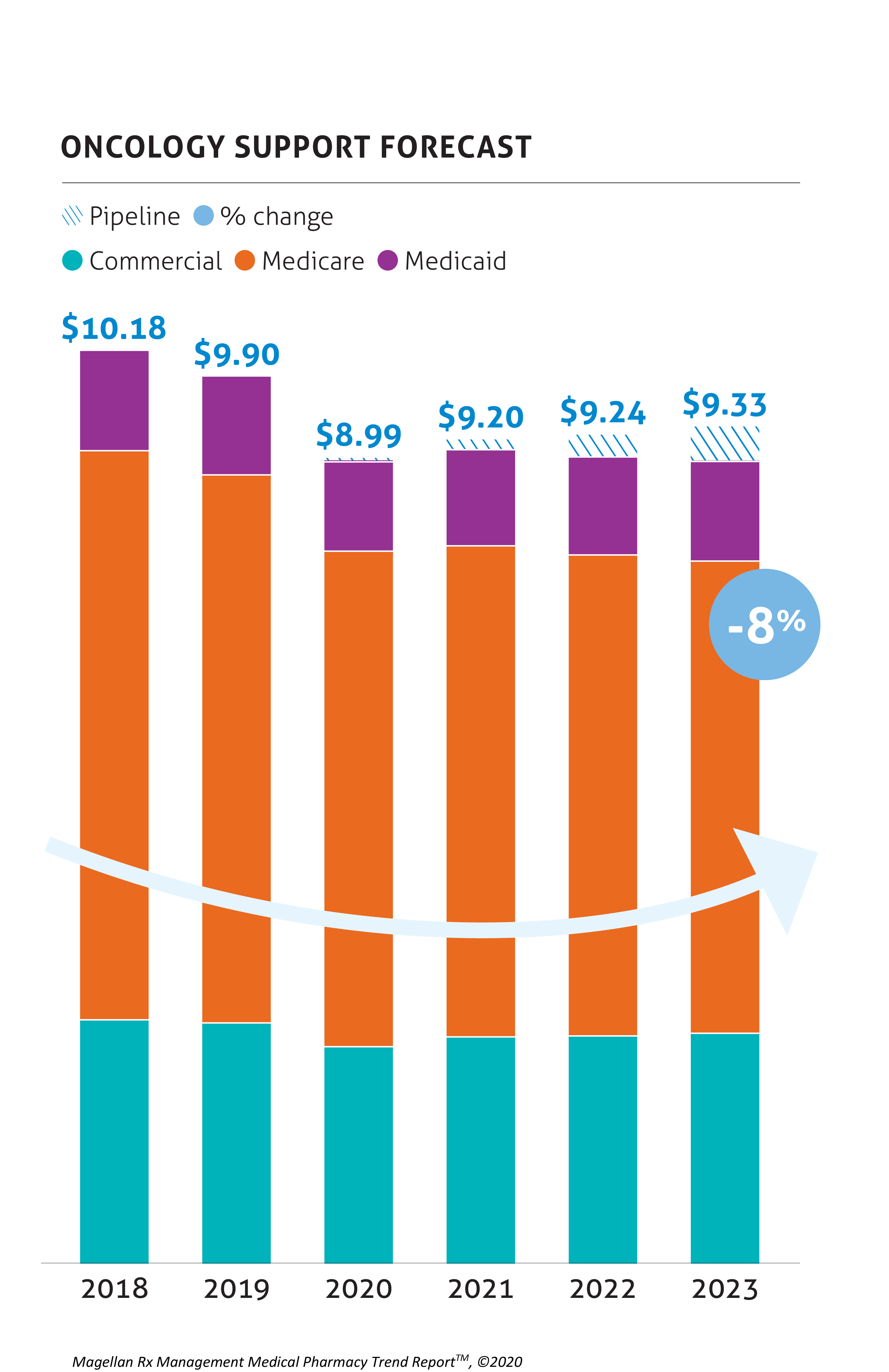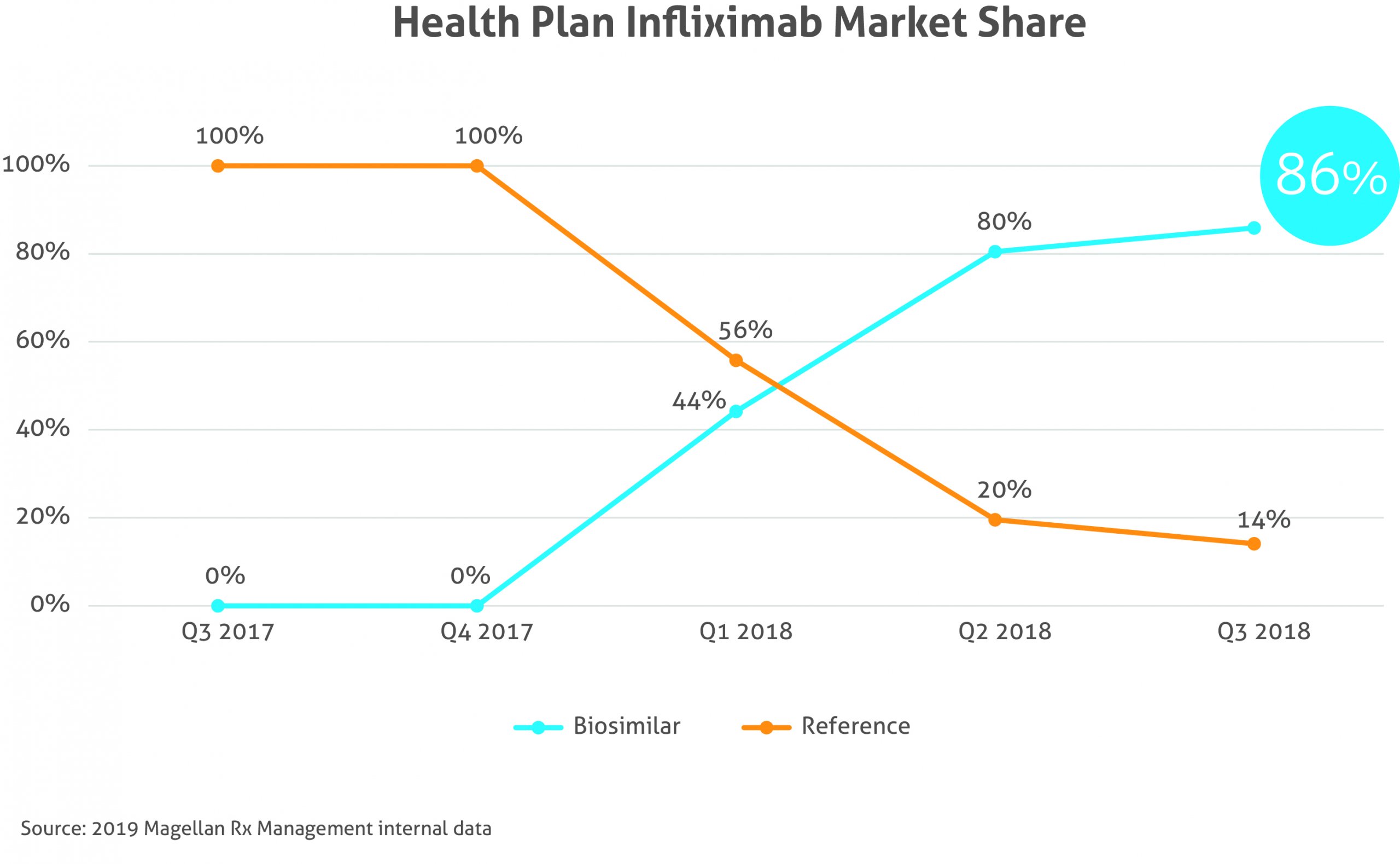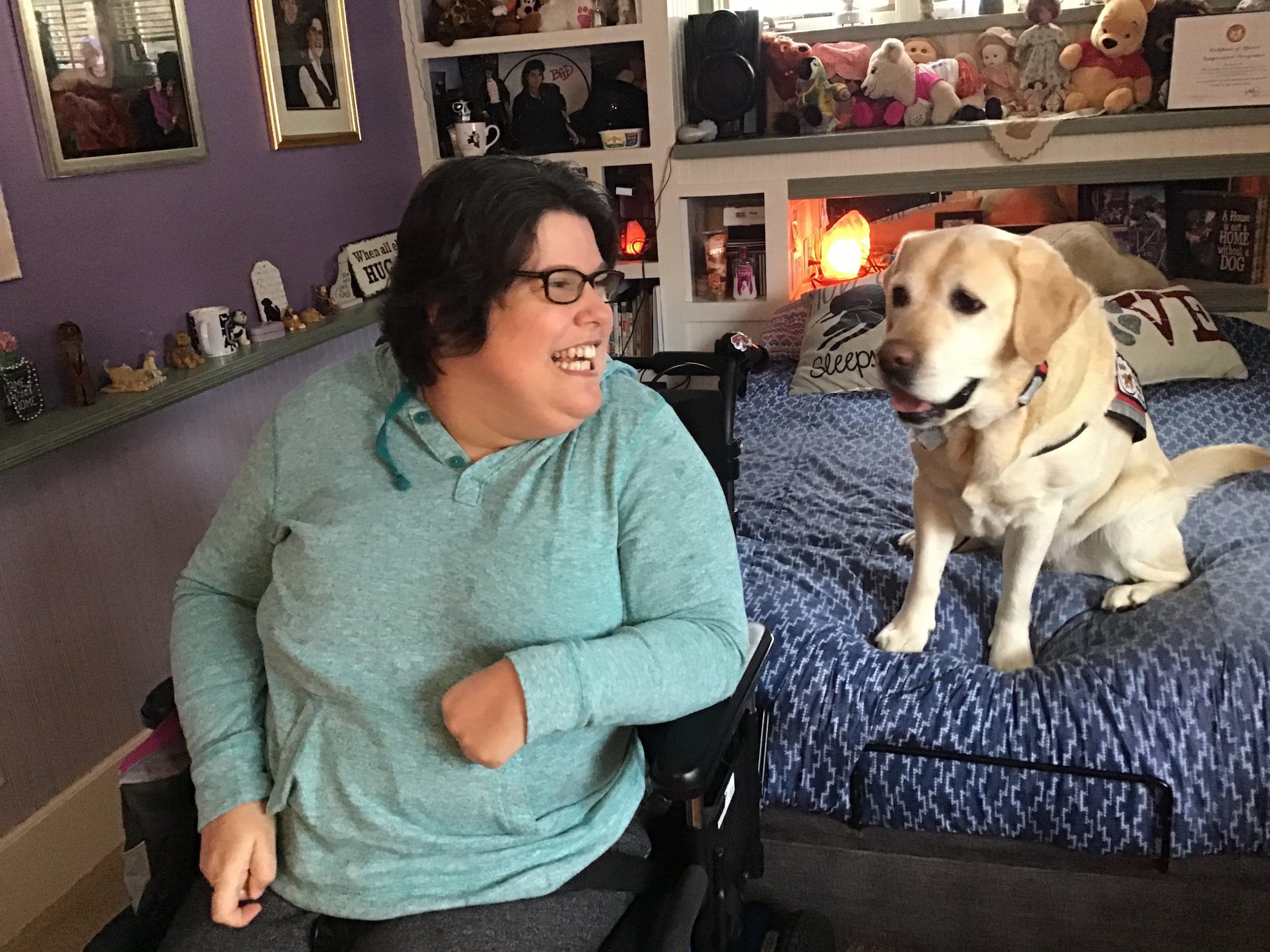Edith Calamia, DO, MPH, CMD, was a teenager when she saw the impact that lack of access to clean water, food insecurities, and unreliable access to care could have on vulnerable populations.
As a young woman Dr. Calamia traveled to the Philippines during summer vacations. There, she would assist her brother, a dentist, in small dental clinics in towns outside Manila. In the Philippines, where eight out of 10 people face dental health issues, millions of people have never seen a dentist due to absence of transportation and limited education. Without proper care, dental decay can lead to chronic disease, premature births, low birth weight, and more.
“As a young person growing up in the ‘70s, I remember thinking that sections of extreme poverty like those I had seen in the Philippines and also in Africa would no longer exist by the time I was in my 30s or 40s,” she says. “I thought we would solve those issues. Now, as the mother of a small child, I’m very passionate about addressing social determinants of health in the United States and abroad so that our children don’t have to find solutions to these problems in their 30s and 40s.”
Dr. Calamia, who joined Magellan Complete Care as chief medical officer in December 2019, sat down to discuss the role of healthcare organizations in addressing social determinants of health (SDOH)—the conditions in which people live, learn, work, and play that can affect health risks and outcomes—and ways that organizations can strengthen their approach.
Magellan: Could you tell us what sparked your passion for caring for vulnerable populations?
Dr. Calamia: My dad was a pilot for Pan American, and from an early age, my three siblings and I traveled internationally, including to Africa, the Philippines, and other countries. We became very cognizant of the impact that social determinants of health—from socio-economic factors to an individual’s physical environment—have on vulnerable populations, from the ability to access basic healthcare services to the ways in which barriers to basic necessities affect health and health outcomes. These experiences prompted each of my siblings and I to enter the medical field.
Early in my healthcare career I did work in Miami and was inspired to go into public health. I completed a fellowship in geriatrics, which enabled me to go into the homes of the seniors I was treating, which underscored for me the difference in health and health outcomes that can be achieved when individuals have reliable access to basic necessities as well as skilled care.
Magellan: What are some of the lessons you learned early in your career about ways to leverage federally funded programs to improve outcomes for the most vulnerable populations?
Dr. Calamia: When I was in private practice, my organization treated people who were on Medicare and Medicaid as well as those who were uninsured, but it was very difficult to support the care of these populations, financially. So, I got together with a group of providers on Staten Island [New York] to open a federally qualified health center (FQHC). This was a journey: It required us to form a community board to guide us through this process. I served as chief medical officer for the FQHC, and I worked with people who had been in the FQHC space for years and years. Through this experience, I learned how to be a good fiscal steward of the federal dollars we received by thinking about our programs strategically, with an eye toward which initiatives would make the biggest difference in members’ health. We concentrated on providing services for the most vulnerable mothers and infants in our community—for example, mothers who smoked or showed signs of substance use disorder; babies with low birth weights or whose first days or weeks were spent in the NICU. We were able to start the FQHC, and open two more centers. I’m really proud of that work.
Later, I joined a managed care company (MCO) and began to view social determinants of health initiatives from that organization’s point of view—which in some instances is a steward of both state and federal dollars. Here, I began to look at the types of relationships that were necessary to ensure value. For example, how do MCOs find centers of excellence—the organizations that really move the needle on quality and value—to send their members? How do they make sure the programs these organizations provide meet the needs of their members and improve health outcomes?
As a result, we developed a partnership with Camden Coalition to determine how a very intense care management model could keep members out of the emergency department and keep them healthy. At that time, the managed care space incorporated more of a disease management model that wasn’t a face-to-face, in-home visit, hands-on model of care. After running a pilot program, we partnered with Camden Coalition to develop, test, and scale new models of care for members with complex health, behavioral, and social needs.
Magellan: What are some of the biggest challenges healthcare organizations face in addressing social determinants of health?
Dr. Calamia: I think we’ve been challenged as organizations to really measure the effectiveness of our interventions around the social determinants of health. We know that addressing social determinants of health is the right thing to do, and anecdotally, we have many stories about the ways in which addressing social determinants of health can change individual members’ lives. We need to aggregate, on a national level, the data we have and dig deep into the information we can glean from that—exploring where we can build relationships on a local level to change a few lives at a time and then using the lessons learned to scale our approach on a national level for specific populations.
Gaining access to this data may be a challenge for providers’ organizations as well because of limited resources and bandwidth. That’s why it’s so important that MCOs lean in and help them with the data piece—aggregating the data and providing the insight that can help providers dig deeper at the point of care.
When we think about social determinants of health, we have to look at the long game when it comes to understanding the results of our efforts. It’s also critical that we examine the potential for technology and digital apps, in combination with personalized care management, to help meet the needs of our most vulnerable populations in a holistic way. In doing so, we can more effectively help members live healthy, vibrant lives.
Magellan: How are SDOH coming into play during the COVID-19 pandemic?
Dr. Calamia: In so many ways. People are stuck in their homes. If they live in a crowded apartment building, it’s hard for them to distance themselves from others. Home may not be a safe place for victims of domestic violence. In certain urban areas, it’s already hard to get fresh food; with the pandemic limiting distribution, people are eating more processed foods. People who rely on home care services and home-delivered meals aren’t getting the services and sustenance they need. We’re seeing problems with meal distribution and have ordered restaurant take-out meals to ensure our members are fed. The health conditions many people have as a result of SDOH make them more likely to get very sick from the virus. That’s why it’s becoming more important than ever to address these issues.
Magellan: What attracted you to Magellan?
Dr. Calamia: One of the biggest barriers I’ve seen in my career is helping patients and members determine where they are in their health journey and understanding their mental health needs. Magellan has a rich history of understanding mental health as a key social determinant of health. Frankly, the behavioral health community really understands social determinants of health. They have explored issues such as: Where do members live? Do they have food insecurities? Have they experienced childhood trauma that makes them more comfortable receiving care in an emergency department versus an office? Things of that nature. I believe there’s a chance to create something at Magellan that is really unique, leveraging Magellan’s behavioral health and pharmacy expertise as well as its depth of experience in working with MCOs to make a deep impact on social determinants of health.
We’re going to change the way in which people can access their healthcare, and we’re going to change the way that people feel about their MCO as a partner.
 Edith Calamia, D.O., M.P.H., C.M.D., is national chief medical officer for Magellan Complete Care (MCC). Dr. Calamia joined Magellan in March 2020 and oversees all clinical programs within MCC. She also leads the development and delivery of health plan-specific clinical programs targeted to complex populations such as those needing Long-Term Services and Supports, those who are dually eligible for Medicaid and Medicare, people with Serious Mental Illness, and recipients of Temporary Assistance for Needy Families (TANF) and Children’s Health Insurance Program (CHIP) benefits.
Edith Calamia, D.O., M.P.H., C.M.D., is national chief medical officer for Magellan Complete Care (MCC). Dr. Calamia joined Magellan in March 2020 and oversees all clinical programs within MCC. She also leads the development and delivery of health plan-specific clinical programs targeted to complex populations such as those needing Long-Term Services and Supports, those who are dually eligible for Medicaid and Medicare, people with Serious Mental Illness, and recipients of Temporary Assistance for Needy Families (TANF) and Children’s Health Insurance Program (CHIP) benefits.




 Edith Calamia, D.O., M.P.H., C.M.D., is national chief medical officer for Magellan Complete Care (MCC). Dr. Calamia joined Magellan in March 2020 and oversees all clinical programs within MCC. She also leads the development and delivery of health plan-specific clinical programs targeted to complex populations such as those needing Long-Term Services and Supports, those who are dually eligible for Medicaid and Medicare, people with Serious Mental Illness, and recipients of Temporary Assistance for Needy Families (TANF) and Children’s Health Insurance Program (CHIP) benefits.
Edith Calamia, D.O., M.P.H., C.M.D., is national chief medical officer for Magellan Complete Care (MCC). Dr. Calamia joined Magellan in March 2020 and oversees all clinical programs within MCC. She also leads the development and delivery of health plan-specific clinical programs targeted to complex populations such as those needing Long-Term Services and Supports, those who are dually eligible for Medicaid and Medicare, people with Serious Mental Illness, and recipients of Temporary Assistance for Needy Families (TANF) and Children’s Health Insurance Program (CHIP) benefits. Aaron & Ian
Aaron & Ian Kinsley & Teal
Kinsley & Teal